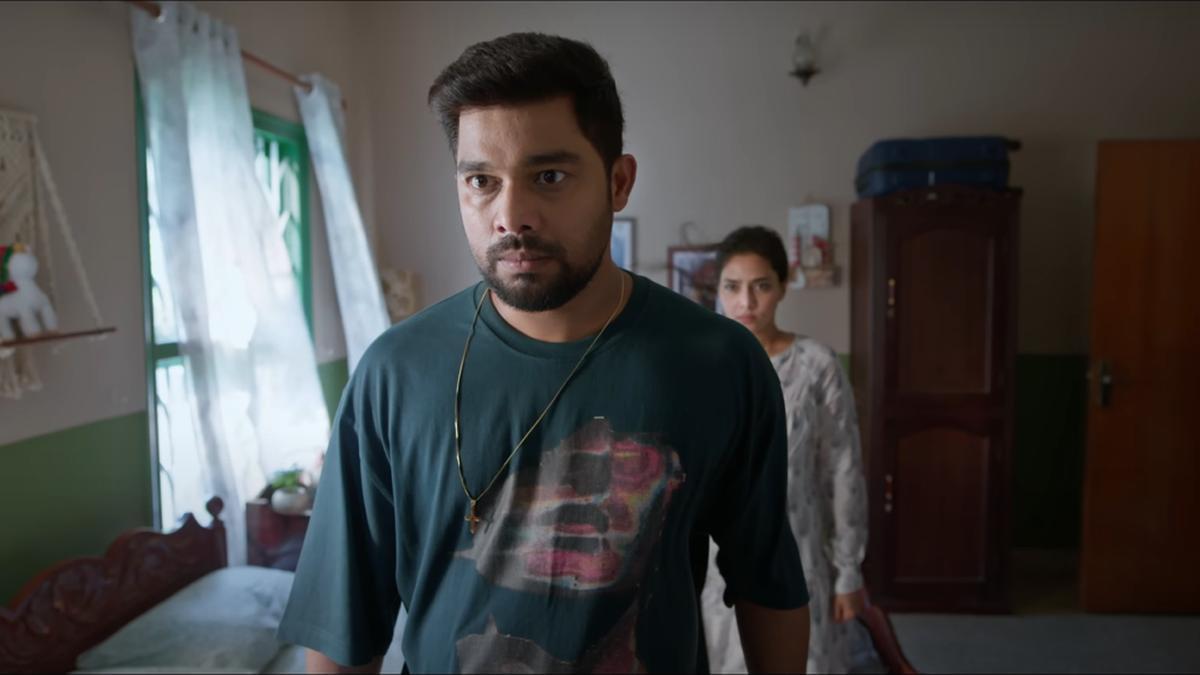
New Delhi: The political thriller Bastar: The Naxal Story, directed by Sudipto Sen, opens with a haunting and visceral scene. A husband’s patriotic act of hoisting the tricolor on August 15 at a school is met with a brutal end, as he is gruesomely dismembered into 32 pieces. This unsettling yet powerful opening sets the stage for a film that doesn’t shy away from exposing the harsh and unvarnished realities of the Naxalite insurgency.
Produced by Vipul Amrutlal Shah, this film delves deep into the human suffering wrought by the conflict, uncovering the hidden tragedies that have left indelible scars on India’s history. Premiering on ZEE5, Bastar demands viewers to rethink their perspectives on the insurgency and cultivate a deeper sense of empathy for those embroiled in this violent struggle.
The film’s contemporary relevance is underscored by recent disclosures from the Chhattisgarh Government, which apprised the Supreme Court that Naxalism has climbed to the third rank globally in terms of fatalities, trailing only behind ISIS and Boko Haram. This insurgency has resulted in the loss of over 15,000 lives among Indian Army officers, a staggering figure that overshadows the 8,738 Indian Army personnel lost in the Indo-Pak conflicts.
In addition, the death toll in states afflicted by Naxalism surpasses that in the conflict-ridden Jammu and Kashmir, underscoring the severe and widespread impact on both military and civilian populations. Historically, the Naxalite movement is steeped in communist ideology, which has been linked to causing around 100 million deaths worldwide over the past century. As of 2007, Naxalism plagued over half of India’s 29 states, encompassing 40% of the country’s geography.
These grim statistics lay bare the deeply entrenched and pervasive nature of the insurgency. Bastar: The Naxal Story offers an engrossing portrayal of these harsh realities, weaving a narrative that captures the ongoing struggle and resilience of those caught in the conflict.
The film meticulously portrays the human cost of this ideological warfare, bringing to light the personal stories of loss, heartache, and resilience. From families torn apart by violence to villages left in ruins, the movie paints a vivid picture of a society grappling with extremism.
. Through powerful performances and a gripping storyline, it serves as both a critical examination and a stark reminder of the toll taken by the insurgency.
Furthermore, the context of Bastar is enriched by testimonies and real-life accounts from individuals who have lived through the terror of the insurgency. Their stories reveal a side of India’s history that is often overlooked, bringing the plight of these communities to the forefront. The film’s realistic depiction is likely to challenge viewers’ preconceived notions and urge them to view the issue through a more humanitarian lens.
Bastar also touches upon the broader geopolitical implications of the insurgency, drawing parallels between local conflicts and global patterns of violence fueled by extremist ideologies. This connection adds a layer of complexity to the narrative, making it not just a regional story, but one with universal resonance.
As the film premieres on ZEE5, it stands as a significant cultural artifact, provoking both emotional and intellectual engagement. Viewers will find themselves drawn into the profound narrative, compelled to question, reflect, and perhaps even take action in awareness and advocacy against such forms of extremism.
Bastar: The Naxal Story promises to be a landmark film, both for its cinematic achievements and its social impact. By portraying a raw and honest account of the Naxalite insurgency, it holds up a mirror to society, challenging complacency and urging a more nuanced understanding of one of India’s most pressing issues.
Don’t miss out on this compelling film. Watch Bastar: The Naxal Story exclusively on ZEE5, premiering from May 17th. It is not just a film, but a call to comprehend and empathize with the countless lives impacted by this ongoing conflict.










